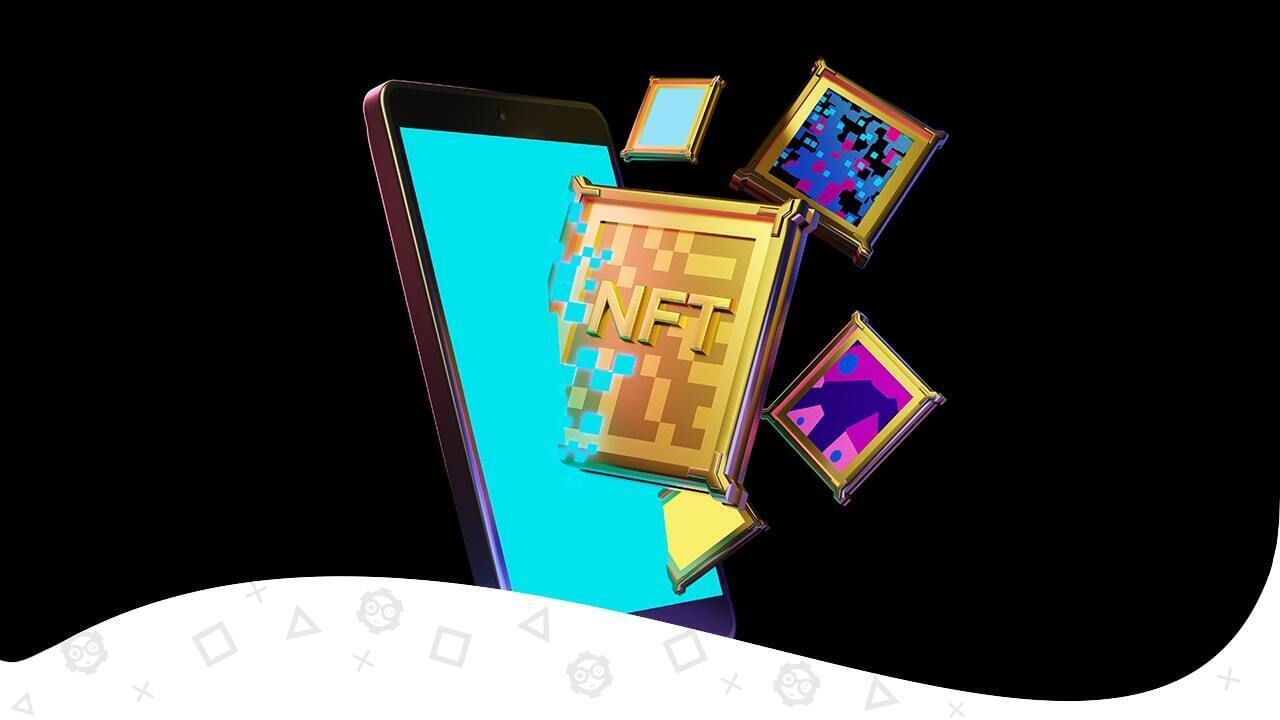The NFT-Boom of 2021 established the new digital asset on many marketplaces worldwide and took the Internet by sheer force. Many successful NFT projects started appearing and even reached the mainstream media.
That said, many people started thinking about making their own NFT. If you are one of them, this step-by-step guide will give you the necessary knowledge to start planning your own NFT project without crashing in a few days.
Understanding NFTs
Let’s start with the basics, as some of you already know what NFTs are. But we will ensure that you have in-depth knowledge of how they work.
What are NFTs?

Non-Fungible Tokens (NFT) are, essentially, pieces of data stored in a Blockchain. They are represented in many forms of digital media, from pictures to video clips. Many NFT enthusiasts consider this a new way to support artists or make their unique collections without relying on traditional currencies, as NFTs use cryptocurrency to trade in the digital space.
Since they are stored in the blockchain, each NFT has a unique ID and provable ownership. Although, you don’t own the intellectual property rights and license to the material. In that sense, you cannot reproduce its content without consent from the creator.
Digital creators found a new way to get support. This new form of digital art enables scarcity, giving NFTs a greater sense of value.
Types of NFTs: Digital Art
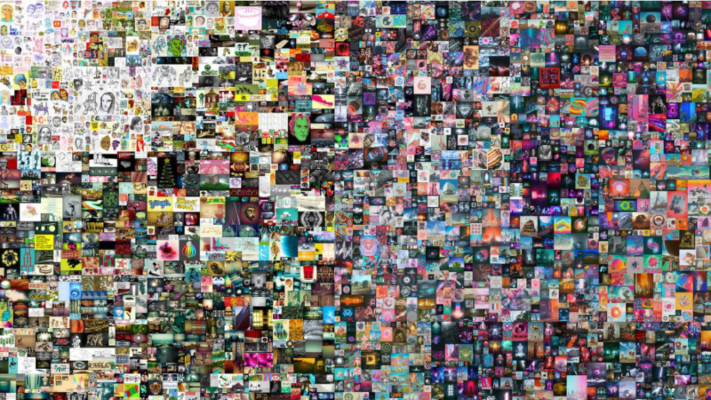
As we established before, an NFT can take many forms of digital content. The first one, being the most known to everyone, is Digital Art.
Artists can sell their best works by offering digital artwork in the form of NFT. Some of them have been sold at high prices that rivaled physical artwork. Mike Winkelmann sold his “Everydays” work for $69.3 million, which portrays 5,000 different drawings that reference every day from the last 13 years. This became the most expensive NFT sold in history.
But some NFTs don’t require a complex painting, as there are more examples of NFTs sold over $1 million and were randomly generated, all thanks to their marketing and community building.
Video NFTs
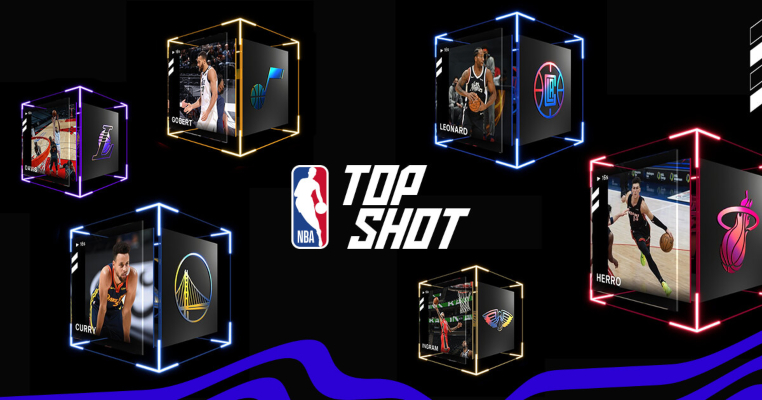
Then we have Video NFTs. This consists of GIFs and short videos. The NBA Top Shot Moments are among the most popular NFT projects around.
These are highlights from some big plays; for example, a LeBron James moment sold at $200,000. They even have some digital artwork on them and different angles.
Audio NFTs
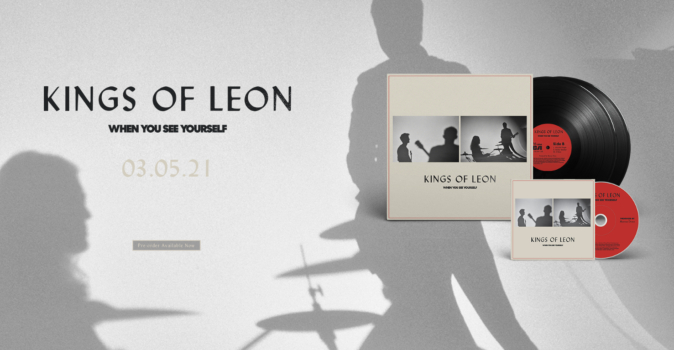
The third category is Audio NFTs. Most of them are related to the Music industry, where artists can share their tracks in a digitalized and unique form.
The first example of this kind was the release of a Kings of Leon album, “When You See Yourself,” in March 2021. It was a $50 bundle that included an animated cover, a limited-edition vinyl, the chance to win VIP tickets for their concerts, and many other perks.
What is the Blockchain?

Blockchain technology works as a decentralized database that is not owned by anyone but is maintained by many participants.
It’s an entire ecosystem where your NFT and its ownership will live on. But maintaining Blockchain technology requires high energy input, and maintaining NFT platforms will result in burning large amounts of fossil fuels. This is when the “Gas Fees” come into play. It will vary depending on the blockchain ecosystem you choose to operate (as an example, Ethereum is one of the most expensive), which we will see in detail later.
How the “Minting Process” Works
NFT has some key features that allow its functionality. First, the product is assigned a token with a unique ID tagged with data that cannot be replicated. Then, the token is minted on the blockchain. Just think of it in the same sense as it would happen with a traditional metal coin.
The owner uses a Public Key to create a transaction through a Smart Contract. This is how you prove the NFT’s originality. The Smart Contract is executed or signed with a private key. Now, you can run the transaction deploying the NFT to the market, and someone can purchase it.
If this is too much, you can check some NFT marketplaces, like OpenSea, where you can mint NFTs for free (although it will require that you have a minimum amount of cryptocurrency stored in your wallet).
Guideline to a Successful NFT Project
Now that you have the necessary knowledge and understanding of your product, it is time to portray some of your ideas in your first NFT. The road to a successful NFT Project has just started.
Establish Your NFT Idea and Purpose
The very first step is an obvious one, but one of the most important. Establish your end goal and why you want to create an NFT.
Do you want to build a closer community? Do you want to get ready for the Metaverse? Or do you want just to sell your work in an accessible way? Keep that in mind and write down a compelling story. Establish why you are creating an NFT and why your NFT project is important.
Successful NFT projects have clear answers and can make a narrative around them. After all, people should trust you and believe in your product.
Once that is checked, it is time to get creative. Think about which form you are going to make your new NFT. Art, videos, and music – all of them are valid. Make clear which features your NFT will have and how they can encourage people to invest in your art. Think about how big your NFT collection would be, its randomness and rarity.
This should be established from the beginning, and people should know and understand your goals. We will look in detail at the next point.
Set an Ecosystem: Blockchains

So, your NFT idea is all done, and you know what you want to do. Now, it is time to prepare the NFT ecosystem, where it will live, where people can buy it, and how much it will cost.
A popular ecosystem means more potential buyers, and it will be easier to build a community around it. That’s one of the reasons that many NFT projects choose to launch theirs in Ethereum. But don’t be blinded by its popularity, as it has its downsides, and one can still have a successful NFT project on other blockchains.
The Ethereum blockchain is one of the most decentralized of all. It’s more flexible and provides more security to NFT collectors in keeping in possession of their digital assets. But this comes with a cost, as it has a slower and more expensive transaction fee.
A transaction fee can reach 0.05 ETH, which at the time of writing is $66 just to make a transaction, whereas on any other blockchain would be just cents (like on Solana). Yet, a cheap fee will allow bots to purchase large amounts of your NFT, empty your limited supply, and keep your NFT collection away from real buyers. So, your best option is to check the most suitable solution for your needs.
Another aspect of the blockchain is its consensus mechanism, which defines how computers reach agreements. This wouldn’t affect your NFT launch, but if you are interested in its ethics, there are many examples, but the most common use is Proof of Work and Proof of Stake. Ethereum was using the first one as it had shown good results working on a greater scale. Although it incurs a considerable amount of operational cost.
Since September 2022, Ethereum has started working with Proof of Stake, which has a lesser environmental impact. Other consensus mechanisms are Delegated Proof of Stake, Proof of History, Proof of Space-Time, and Proof of Authority.
NFT Marketplaces
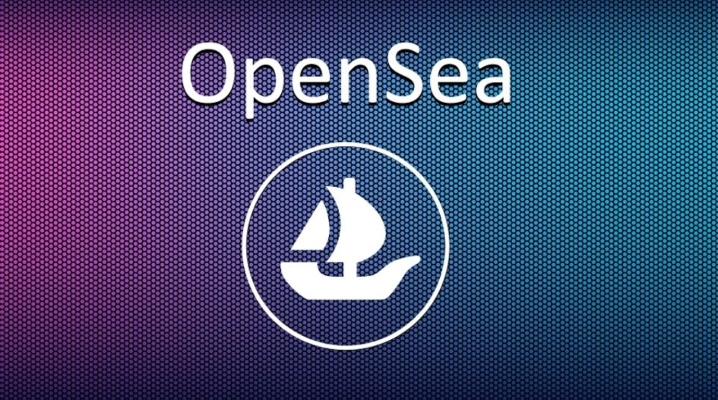
As most projects prefer minting NFTs on the Ethereum blockchain, OpenSea became the most popular NFT marketplace. As with choosing a suitable blockchain technology, you have to implement the same thinking process for your NFT market.
Creating a new NFT marketplace will give you more control over your NFT space, allowing creators to capture more revenue and save buyers some gas fees. But, of course, this will require someone specialized.
NFT marketplaces have their unique set of benefits, so it’s worth exploring each one of them. Some examples are:
- OpenSea – The first and most popular of all.
- Nifty’s – An eco-friendly marketplace that sells NFTs done by big brands and creators.
- Foundation – A curated NFT marketplace planning to build a new creative economy.
- MakersPlace – An NFT marketplace for digital creators.
- Rarible – A community-driven marketplace that uses its own currency.
- WAX Digital – An NFT marketplace that releases exclusive NFTs by global brands and artists.
There are many more, but these are some of the popular ones. Another big aspect you should consider is that most NFT marketplaces don’t work with every cryptocurrency (a big win for Ethereum as almost every market works with it).
Pricing
As the NFT creator, you will have to set up their rarity, randomness, price, fixed royalties, and minting process too.
Probably you don’t have a clear idea of how much you want people to invest in your NFT. Do previous research on this aspect too. Talk with your community, get to know your audience, and how much they are willing to spend. You can check some top NFT projects on sites like Non-fungible or Dune Analytics.
Don’t set the initial mint price or royalties too high, or you’ll lose momentum. Collectors will not capture much value from the community that they helped to build and may deter themselves from getting your NFT.
Keep in mind that your NFT launch won’t be the only source of income. You can rely on the “secondary market” as sales on different NFT marketplaces can drive long-term revenue through NFT royalties.
Set Up a Team for the Project
Several positions must be covered in making successful NFT projects. You will need an Artist, a Software Engineer (maybe more than one), a Community Manager, and at least one Moderator. If you can take any of these roles, that’s great. But remember that this is your project, and your leadership will be crucial. Your intentions should be even more clear with your team.
The Artist
It will portray your art in an NFT. They will have to make a wide variety of art to keep the “uniqueness” of every NFT. As it can be very tedious to create, some NFTs projects, mostly based on images, work with a randomly generated system.
Many NFT projects use this method as it saves a lot of time in creating thousands of unique images for your NFT collection. Then, the Artist should only create different layers and let the randomness do its magic.
Software Engineer
It is another cornerstone of your NFT project. You need people who understand how to develop smart contracts and coding. You also need a website or blog to host all the information about your project. This is where you will write down your story, team members, vision on future plans, and roadmap, and allow people to mint your NFT.
Discord Community
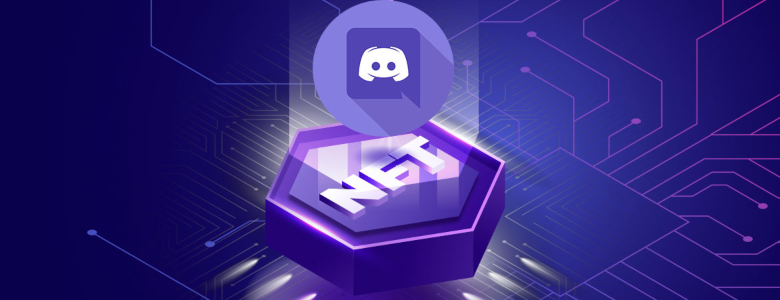
Most NFT projects have a Discord community. Not creating one will put your project on “check” and could be marked as a scam. You need to gather all of your backers, and Discord is commonplace for any NFT community. You will need someone that keeps the communication between you and your community and keep everything under control.
Community Manager
Last but not least, we have the Community Manager. As it implies, it should be someone who specializes in Social Media. This one will be your voice and marketing. It would help to create social media campaigns, publish all of your content, and communicate with people outside of your close community members.
Any social media site is valid, but Twitter is the most welcoming for NFTs. It’s a popular space for Web3 enthusiasts, and project owners use it as an educational and marketing tool. Hosting Twitter spaces with influencers can bring more eyes to your creation.
Design a Realistic Long-Term Roadmap

Every successful NFT project needs a reliable and believable Roadmap to set its path in the future.
It is the brand map to lay out what people can expect to receive for being part of your community. It can be as simple as promising to hold a giveaway at certain milestones or some special access. You shouldn’t stick just to it when it’s finished.
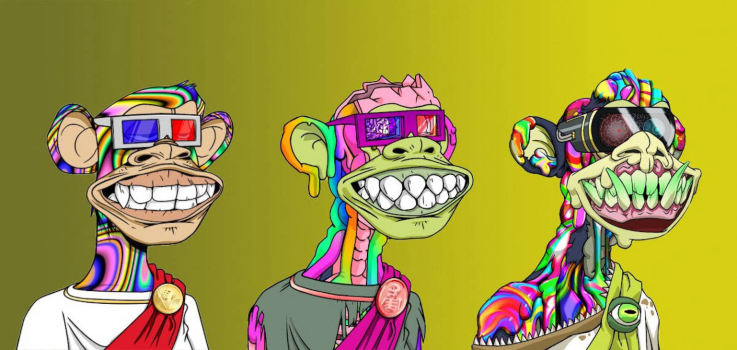
The Bored Ape Yacht Club (BAYC) is one of the best examples of an ever-expanding roadmap. They “airdrop” to their holder’s digital serums to create mutants, allowing them to mint new NFTs with a higher value than the ones they already own, making their investment mean much more.
Build a Community
This is the most important step of all. Without a strong community, your NFT project will fail. A successful NFT launch is all about hype and keeping people excited.
Your social media should already be established. Engage with your community, have a professional-looking brand, create promotional videos, photos, and written content, support other NFTs, do frequent AMAs, and communicate your NFT project vision.
You should expand by reaching out to NFT influencers. But be sure that they have a good reputation. Don’t be flourished by a big name, as any conflict with it could damage your brand severely. Work only with people you trust.
Preparing for the “Drop Day”
You already established the very foundation of your NFT project. But still, there is more to do as we need to ensure that everything will launch alright.
Create Your Sale Strategy
The earlier you come up with this decision, the better. The whole team should clearly understand how the project will launch. You need to set up the maximum mint amount.
Then, there are several different strategies, and your developers can use some upfront time to prepare. You can implement a Stealth Drop, Dutch Auctions, Public Minting, and Whitelisting Minting.
An NFT project has a Stealth Drop when the contract is revealed after minting has become available. It’s a way to protect against bots and benefit long way community members who are extremely active. They’ll probably have their wallet ready to invest in your minting.
Dutch Auctions is a “reverse English Auction.” Instead of bidding on a higher price, you already set up a high price in a Dutch auction, which will get lower over time until someone buys it.
Public Minting is the most intuitive. You should advertise when minting will begin, its price, and where they can purchase it. Depending on the popularity of the project and which blockchain is used, there is a chance that transactions fee will rise drastically.
Whitelist Minting puts in a “whitelist” group of wallet addresses, and they will be able to mint before the project goes public. Its main advantage is that the price will be lower for them. This method can attract people with lower monetary power that couldn’t afford the NFT at its original price.
Make a Fair Environment
You need to create a fair environment so everyone can participate. This will show that you care about the customer and gain more trust in your project.
Vitalik Buterin, co-creator of Ethereum, wrote a guideline on achieving fairness in your product launching, outlining five goals of an ideal NFT launch:
- Don’t completely lock low-income people out of participating. Give them at least one chance to get in. For token sales, avoid initial high wealth concentration and focus on having a larger and more diverse initial token holder community.
- Avoid creating situations where many people are rushing to take the same action, and only the first few get it.
- The mechanism should work even if the seller has no idea of its market conditions and demand.
- Participating in sales should be attractive with game-like qualities, keep people engaged, and without being frustrating.
- Give a positive return. Holders want to see the collection price go up rather than down. This could imply selling NFTs at a lower price.
As Buterin suggests, you should set up a limit amount for every buyer and avoid bots or “NFT whales” snatching large amounts of tokens. By setting limits and authenticating each customer, all users can participate in a fairer drop, and secondary value can be realized for holders on the resale market.
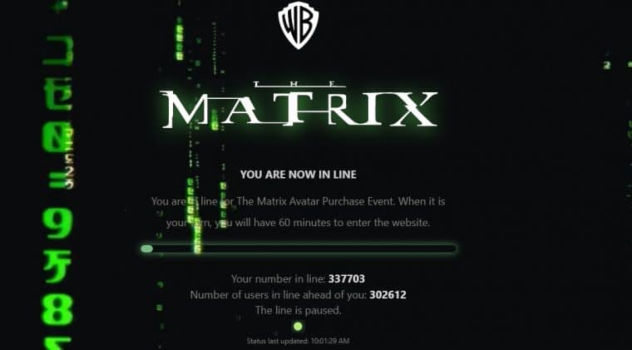
Unfortunately, if the demand is high, communities will suffer from increasing gas fees, ruining all fairness established. But one of the new solutions that NFT communities are setting up is “Virtual Waiting Rooms.” They work by redirecting website visitors into a customized waiting room. Customers who arrive on time for an NFT launch are given a randomized place in the queue and are then throttled back to the website to purchase when it’s their turn.
You can avoid transaction fees getting more expensive, and the market size will work correctly.
Prepare for the “Hype”
Finally, it is time. The “Drop Day.” The official launch and when your project will be most visible. Expectations are high, and all of your team should be ready. Because if this is ruined, it can doom your whole project.
Everyone needs to be informed and know their responsibilities. Customer service is ready and monitoring all social media. Technical support is monitoring for issues and having quick solutions. And again, if there is high demand, have prepared that “Waiting Room.” If you need to postpone the launch day for technical difficulties, it’s better than launching and failing completely.
Time to Innovate for the Future of the Project
So, you had a successful NFT drop. Everything went fine on your launch day. Where to go now?
Well, now is the time to think about the future for long-term success and create new and exciting ways to innovate your brand. You need to create lasting value, like the BAYC example we discussed.
This innovation gives you cyclical benefits. Creators give value to the fans, others see this value and want to be involved, so the NFTs grow and gain more value. When they see this, people will be willing to participate in the next release.
Conclusion
Starting a new NFT project is laborious and not at easy as one might see for many reasons. It requires a team with few people working together toward the same goal.
The most successful NFT projects come naturally. Their communities sided with their developers and drove that success. Trust is not only important but also a good marketing campaign. You can be very honest about your work, but if no one sees it, it won’t matter.

